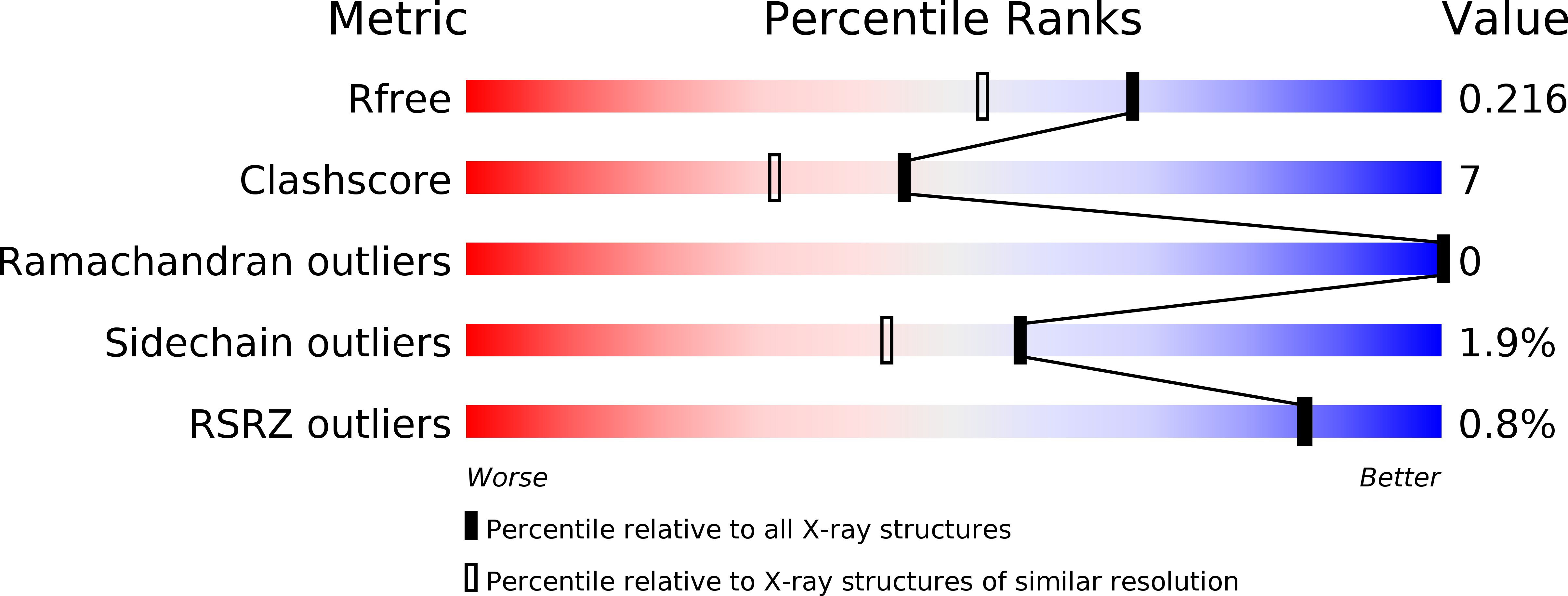
Deposition Date
2002-03-14
Release Date
2002-06-06
Last Version Date
2024-11-20
Method Details:
Experimental Method:
Resolution:
1.77 Å
R-Value Free:
0.21
R-Value Work:
0.16
R-Value Observed:
0.17
Space Group:
P 43 21 2


